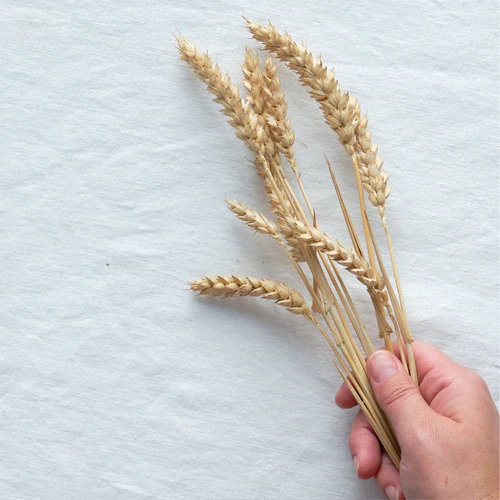Fall rye, scientifically known as Secale cereale, is a remarkable cereal grain that serves as an exceptional soil builder. Its unique characteristics make it a valuable asset for agricultural practices in various climates. Notably, fall rye exhibits rapid growth during the autumn season and has the ability to withstand harsh winter weather conditions even in zone 3.
Fall Rye Growth
One of the key advantages of fall rye is its vigorous growth in the spring. However, it is important to manage its height before it reaches 30cm (12″) to ensure easy incorporation into the soil. As it grows taller and reaches 1m (3′), turning under or cutting back becomes more challenging.
Fall Rye Soil Benefits
Furthermore, fall rye boasts extensive root systems that contribute to its soil-building capabilities. These roots penetrate deep into the ground and help improve soil structure by enhancing water retention and nutrient availability for other crops.
In conclusion, fall rye proves to be an invaluable addition to any agricultural system due to its ability to build healthy soils. Its resilience against winter weather combined with rapid spring growth makes it a versatile choice for farmers seeking sustainable solutions for their fields.
FALL RYE USES
Fall Rye Recipes
In the culinary world, fall rye shines as an ingredient with its nutty flavor and hearty texture. It can be ground into flour to make breads and pastries or cooked whole as a side dish or salad ingredient. Fall rye’s versatility extends to soups, stews, and even desserts like puddings or porridges.
Fall Rye Décor
When it comes to home décor, fall rye can be used in various ways to add warmth and texture. Its dried stalks can be arranged in vases or woven into wreaths for a charming autumnal display. Additionally, fall rye can be incorporated into table centerpieces or used as filler in decorative baskets for a natural and earthy feel.
Fall Rye Nutrients
Beyond its culinary uses and decorative appeal, fall rye also offers numerous nutritional benefits. Packed with fiber, vitamins B and E, magnesium, and iron, incorporating fall rye into your diet can support digestion, heart health, and overall well-being.
HOW TO GROW FALL RYE
Timing
To achieve the best results, it is recommended to plant fall rye approximately 6-8 weeks before the first frost date. This timing allows the seeds to germinate and establish themselves before winter sets in. In some cases, rye seeds can even germinate as late as early November.
Tip: Alternatively, a spring crop of rye can be planted during the months of March through April. This provides ample time for growth and development before the onset of summer.
Zone
Rye is known for its resilience and ability to withstand harsh climates. It is classified as hardy to Zone 3, which means it can tolerate temperatures as low as -40°C (-40°F).
Caring for Fall Rye
In addition to proper watering, providing regular care and attention throughout each stage of growth is essential for maximizing yield potential. Regularly monitor for pests or diseases that may pose a threat to your crop’s health and promptly address any issues that arise.
With patience and dedication, you can look forward to reaping the rewards of your laborious efforts as you enjoy a bountiful harvest of this nutritious grain. Whether you plan to use rye in baking, brewing or as a cover crop to enrich your soil, the possibilities are endless.




